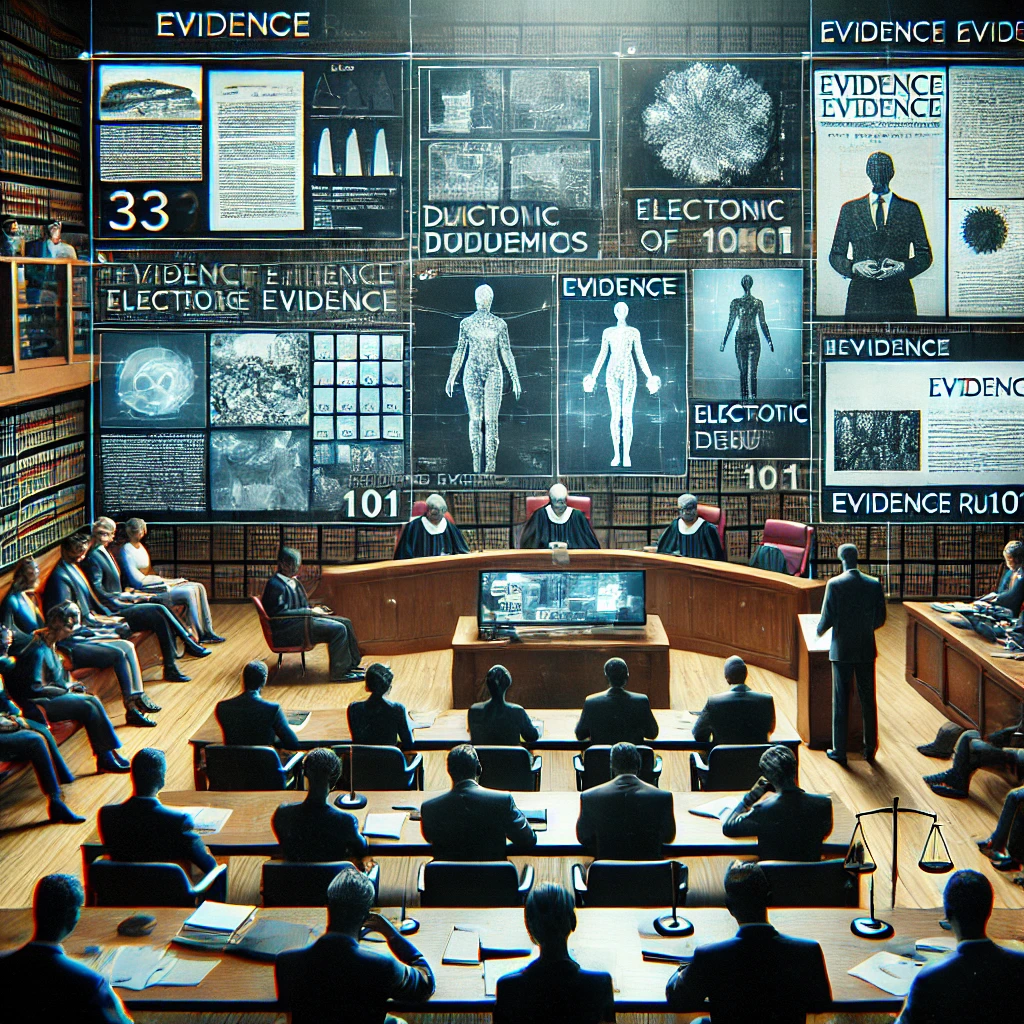Washington ER 1001 plays a foundational role in courtroom evidence procedures. This rule provides critical definitions for terms like “writings,” “recordings,” “originals,” and “duplicates”—all of which influence what materials are admissible as evidence in Washington courts.
If you’re involved in a case that relies on documents, recordings, or digital data, understanding Washington ER 1001 can be essential.
What Is Washington ER 1001?
ER 1001 is the first rule in a series of rules under Article X of the Washington Rules of Evidence that deals with the contents of writings, recordings, and photographs. It defines the terms used in subsequent rules (ER 1002–1008), which govern when and how these materials can be presented in court.
👉 Read the full text of ER 1001
Key Definitions Under Washington ER 1001
Writings and Recordings
Under ER 1001, “writings” include letters, words, numbers, or symbols set down in any form—whether printed, typed, or handwritten. “Recordings” refer to any method of preserving such information by mechanical, electronic, or other means, such as video or audio files.
Photographs
A photograph is broadly defined and includes still images, X-rays, and motion pictures.
Originals and Duplicates
- An original is the first version of a document or recording.
- A duplicate is a counterpart produced by the same process that accurately reproduces the original—such as a photocopy, scan, or digital copy.
The rule also defines “data compilations”, which may include spreadsheets, digital logs, or databases stored electronically.
Why Washington ER 1001 Matters in Court
Understanding the definitions in Washington ER 1001 ensures that parties present evidence that complies with the rules. It lays the groundwork for:
- Determining what qualifies as admissible evidence
- Evaluating whether a duplicate can be used instead of the original
- Understanding the scope of terms like “writing” in digital contexts
Failing to meet these standards could lead to evidence being excluded.
Legal Guidance for Evidence Rules in Washington
At Blanford Law, we help clients navigate Washington’s Rules of Evidence—including ER 1001 and its related rules. Whether you’re preparing for trial or reviewing discovery materials, we can help ensure your evidence complies with all legal requirements.
Explore Related Topics
- Washington ER 1002: Requirement of Original
- Washington ER 1006: Summaries to Prove Content
- Full WA Evidence Rules – Official Court Site
Review our client resources here
Contact us anytime for your urgent legal needs.
About Blanford Law:
We are no-nonsense, relentless, fair, and honest. We are great listeners instead of fast talkers, that is just who we are. More than 20 years ago, Ken began practicing law with a deeply-seeded belief that every person has the right to the best legal representation available. He built his law firm on that belief. Another belief that he strongly adheres to is his fundamental belief that clients deserve respect, with no assumptions or preconceived notions. If you or someone you know is accused of a crime or injured as a result of the negligence of another, please have them call us at 253-720-9304 or email us info@blanfordlaw.com

